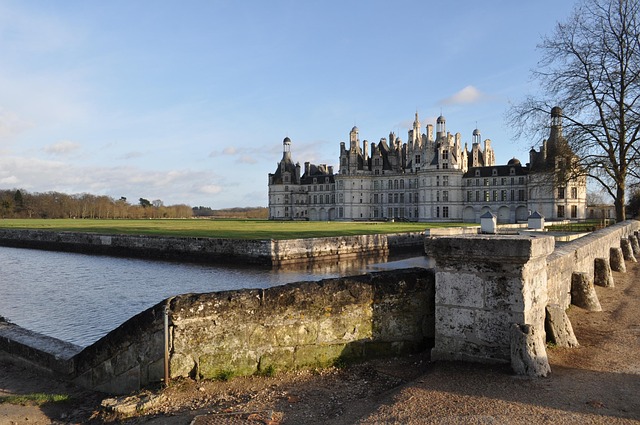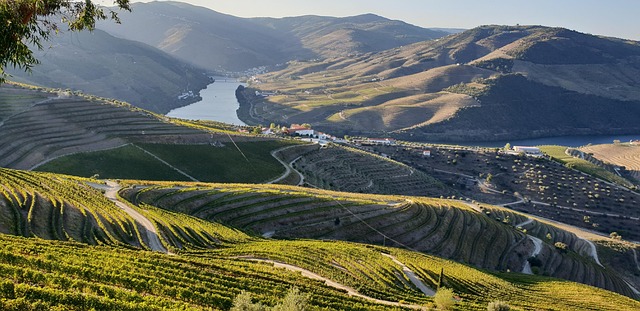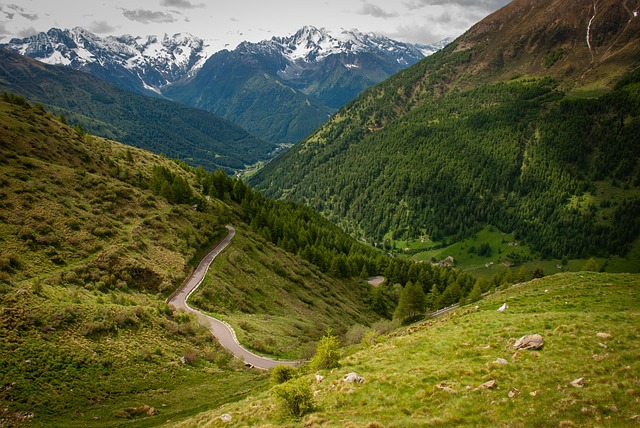Parks have become indispensable elements of urban real estate, significantly influencing property value and appeal through their role as community hubs for active lifestyles and social connections. As cities grow denser, modern parks with diverse amenities like fitness centers, gardens, and quiet areas enhance well-being, foster communities, and act as key differentiators in the competitive real estate market. Future parks are evolving with smart city initiatives integrating technology, vertical green spaces gaining popularity, and a focus on sustainable design for year-round recreational opportunities.
Modern parks and recreation amenities are transforming urban landscapes, playing a pivotal role in real estate development. From vibrant green spaces to multifaceted community hubs, these areas are no longer just for leisure; they’re integral to enhancing neighborhood livelihoods and fostering social connections. This article explores the evolving role of parks in urban real estate, delves into the impact of diverse recreation amenities, and examines future trends shaping these vital public spaces.
The Evolving Role of Parks in Urban Real Estate
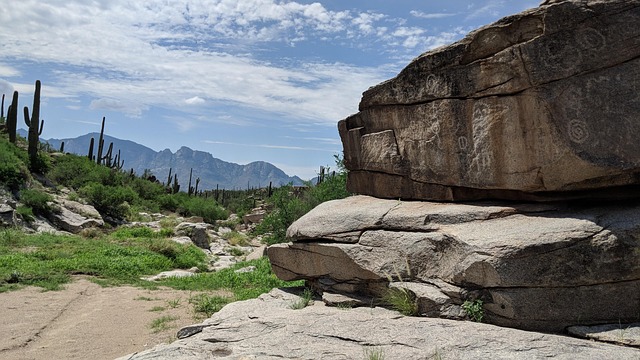
In today’s urban landscape, parks and recreational amenities are no longer mere afterthoughts in real estate development; they have evolved into integral components that significantly influence a property’s value and appeal. The modern park offers much more than green spaces—it serves as a vibrant hub for community engagement, fostering social connections and promoting active lifestyles. Developers and urban planners recognize the transformative power of well-designed parks, integrating them into mixed-use developments to create dynamic, liveable spaces.
This shift in perspective is reflected in the diverse range of recreation amenities now found within urban parks: from state-of-the-art fitness centers and multi-purpose sports fields to community gardens and quiet sitting areas. These features cater to a wide array of interests and age groups, enhancing the quality of life for residents and attracting visitors alike. As cities continue to grow and densify, the role of parks in providing respite, promoting well-being, and fostering community becomes increasingly critical, solidifying their place as essential assets in the urban real estate market.
Recreation Amenities: Enhancing Community Livelihood
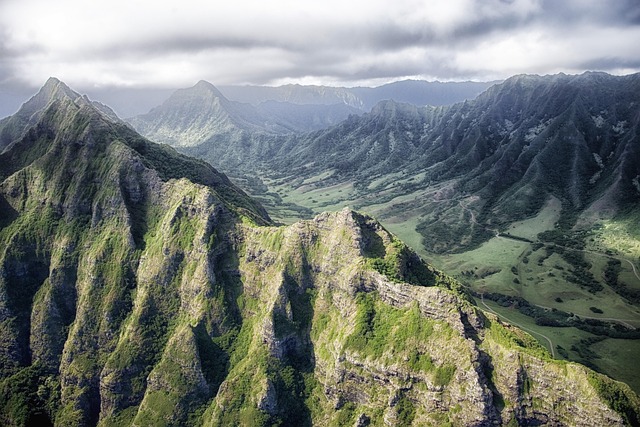
Modern parks and recreation amenities play a pivotal role in enhancing community livelihood, fostering social cohesion, and boosting real estate values. These spaces serve as vibrant hubs for folks of all ages, promoting active lifestyles and providing avenues for entertainment, sports, and relaxation. From bustling playgrounds and state-of-the-art fitness centers to tranquil walking trails and community gardens, these amenities cater to diverse interests and needs.
The impact extends beyond the immediate community; well-designed recreation areas can attract visitors from neighboring neighborhoods, stimulating local economies and increasing property desirability. In today’s competitive real estate market, parks and recreational facilities are game changers that significantly influence a location’s overall appeal and livability, making them essential considerations for both residents and prospective buyers alike.
Future Trends Shaping Park and Recreation Spaces

The future of parks and recreation is being reshaped by innovative trends driven by advancements in technology, shifting urban landscapes, and a growing emphasis on health and well-being. Smart city initiatives are integrating real estate developments with interactive features such as digital art installations, connected fitness equipment, and sensor-driven lighting that adapt to usage patterns. These technologies not only enhance user experiences but also collect valuable data for efficient space management.
As cities continue to grow vertically, vertical green spaces are gaining traction, offering residents access to nature within urban centers. Rooftop gardens, verticles walls, and hanging parks are transforming barren real estate into vibrant amenities that improve air quality, mitigate the urban heat island effect, and provide recreational opportunities year-round. This trend aligns with a broader movement towards sustainable design and eco-friendly practices in both residential and public spaces.


